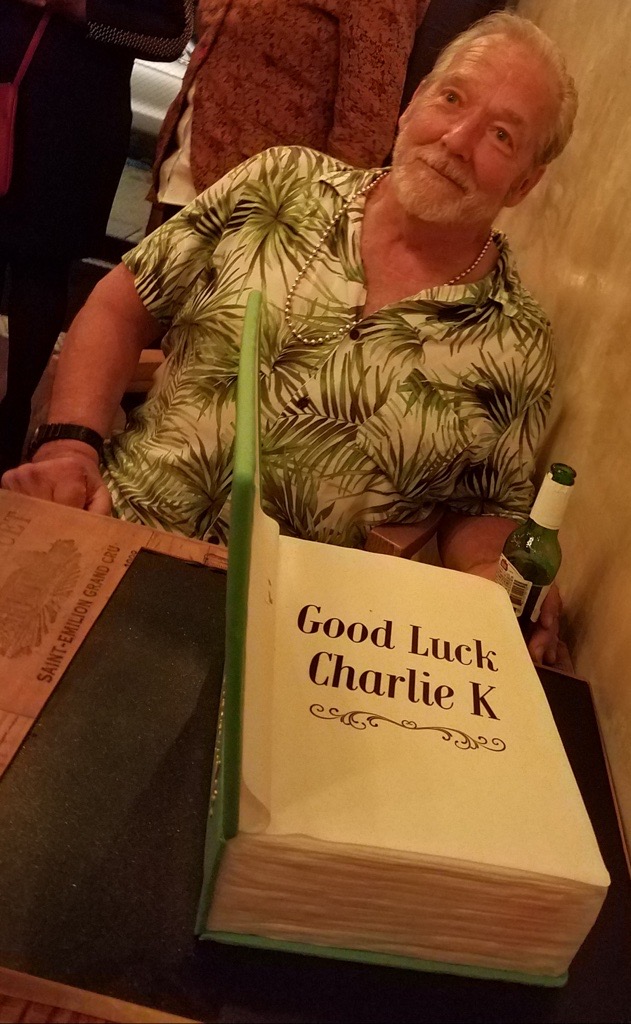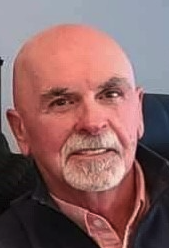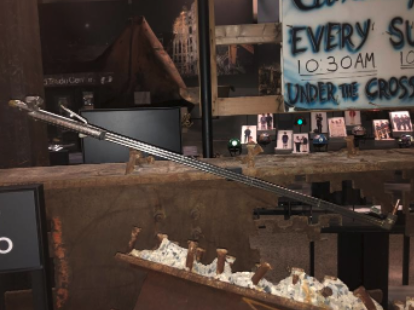Rescue & Recovery at 20: Charlie Kaczorowski, Department of Design & Construction
Rescue & Recovery at 20: Charlie Kaczorowski, Department of Design & Construction
- May 13, 2022

Kaczorowski at his retirement party. Photo courtesy former colleague.
We continue our look at rescue, recovery, and relief workers ahead of May 30, which marks the 20th anniversary of the end of formal rescue and recovery efforts at Ground Zero. These powerful stories bring to light the unique experience of individuals on the front lines, the day of the attacks and for months after. Many now face health issues as a result of the time they spent at Ground Zero.
The Q&A that appears below is derived from past interviews with Charlie Kaczorowski, who worked with the Department of Design and Construction. He died on March 22, 2022.
Where were you on 9/11?
That day, I had an 8:30 a.m. meeting at the World Trade Center. I usually take the subway from Queens, but the subway had typical delays, so I was running late. When I got down there, it was 8:55 a.m. As I was walking up the steps from the subway, I could see smoke and flames coming out of the North Tower. People were in chaos, yelling and screaming, not knowing what to do. I heard them say that a plane had gone into the tower. When the South Tower was struck, I realized we were under attack. Immediately, I felt flashbacks to Vietnam, like I was in war again. I was just in shock. When the towers started to implode, I started running like everyone else. I didn’t look back, I just kept running. I just thought about the people who were still in there because I knew a lot of them didn’t get out. I was scared to death.
What role, if any, did you play in the rescue, recovery, and relief efforts?
Two weeks later, my boss asked me if I could work the graveyard shift at Ground Zero. I told him I would be honored to go there. I started September 25 as a site supervisor for DDC, the agency that oversaw the clearing of the Ground Zero site.
When I got there, the site was still burning. The smell was unbelievable. When you walked down into the pit, you couldn’t breathe, it was just too much. There were a lot of different people. Engineers were mapping out what areas you could go to, and firefighters were trying to recover bodies - even though we knew we wouldn’t be able to recover anyone alive at that time. The guys from DDC all worked different shifts. Most worked the 8-midnight shift. Only one other guy worked the midnight shift with me.
Can you describe the bond between yourself and other recovery workers? How has this community impacted you?
When I worked down there, I kept my conversation about what I was seeing there very minimal with my family. It was my job to be down there. I mostly told them about the people I worked with because I was so close with them. They are brothers to me now. I was honored and proud to be there and I met a lot of guys from OEM, FDNY, NYPD.
I was buddies with the ironworkers too, I could talk to them about anything. When I left the site, they called me over to have a private ceremony for me. They knew that I had worked in an office in the South Tower, and they had seen me working on the site these past few months. They gave me a steel cross from the façade section.
What does May 30th mean to you?
The removal of the Last Column on May 30th was a very touching ceremony. It was a ceremony for us, the construction workers - the ones who worked down there and put their heart and soul into it. We were being honored for what we accomplished there. To me, we were removing another body from the site. We put it on the flatbed, draped it in the flag, and brought it to its final resting place. The column was taken off the site, but it never left our hearts. It will live with us until the day we are gone, and I hope it means something to those who weren’t there. I hope it reminds them to never forget because it does for us.
To the generation who is growing up with no memory of September 11th, why is it important to share your story and the stories of others with them?
I worked in and around the World Trade Center for 35 years. I had an office on the 106th floor around 1989. It was my place for 35 years and it was now gone. Imagine being somewhere, working somewhere for 35 years. I knew the people there, I went to parties, luncheons, dinners with them. One night, I was walking the site and I saw a piece of glass. I swore it was the glass from the panels from the Windows of the World, and I kept it because it reminded me of the fun we had in those buildings.
Anything else you’d like to add?
The most touching moments down there, for me, were when a body was found. If it was the police department's or FDNY, they would call their commissioner and let them know they found a fallen member. For civilians, we would have a priest or rabbi there. We would line up as the body was carried up. It was so silent, you could hear a pin drop. As they approached you, you could hear their boots. We would salute them, whether civilian or first responder, as they exited the site.
Compiled by Caitlyn Best, Government and Community Affairs Coordinator
Previous Post
Rescue & Recovery at 20: Dennis Diggins, DSNY

Dennis Diggins, who served as Deputy Director at Fresh Kills for the Department of Sanitation during the rescue and recovery efforts, answers some questions about his experience in the periods both immediately and long after September 11.
Next Post
Rescue & Recovery at 20: Rafe Greco, Laborers' International Union

Sculptor, welder, and metalworker Rafe Greco - who met his wife Bianca while working at Ground Zero with the Laborers' International Union of North America, Local 79 - recalls his experience as a rescue and recovery worker after 9/11.